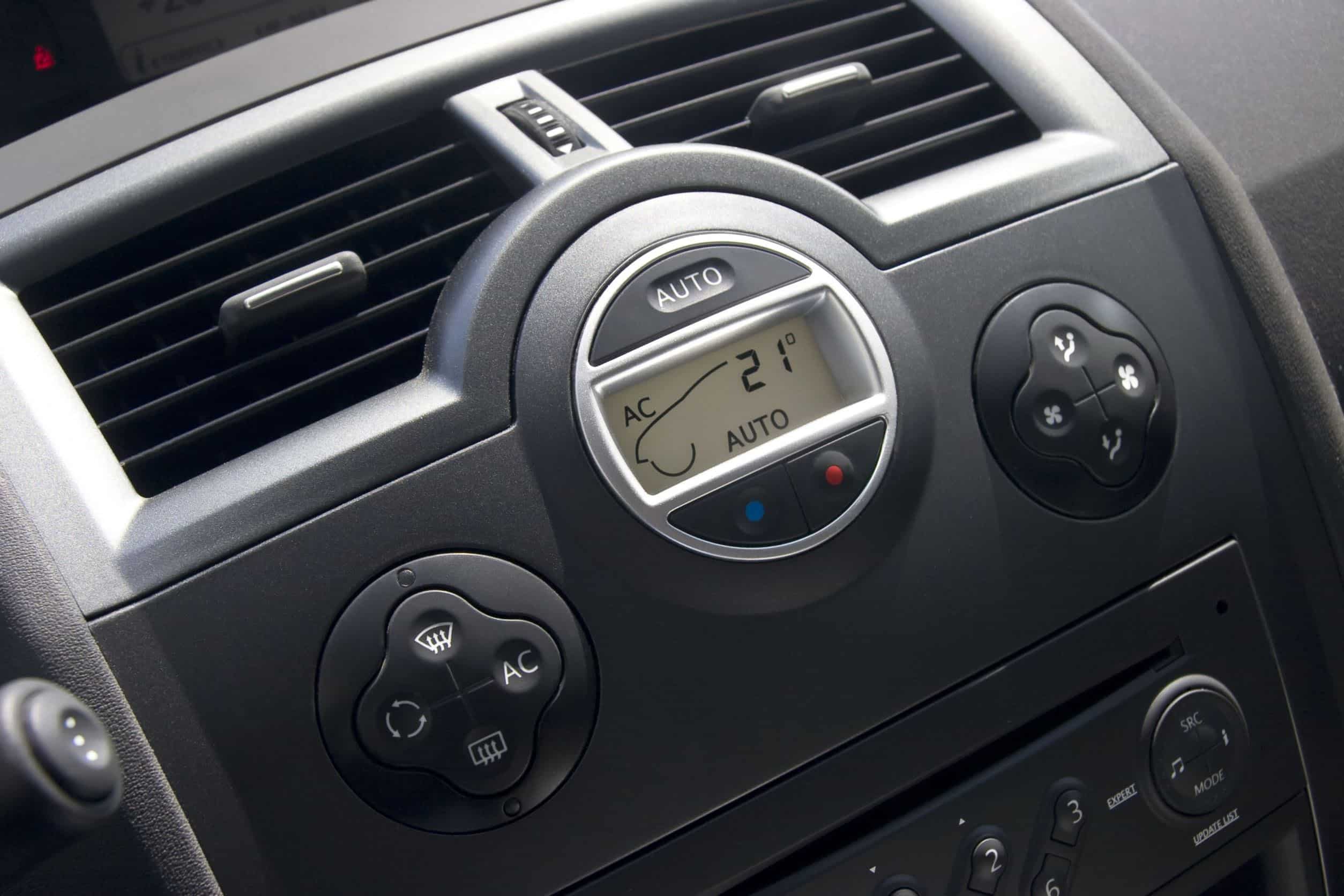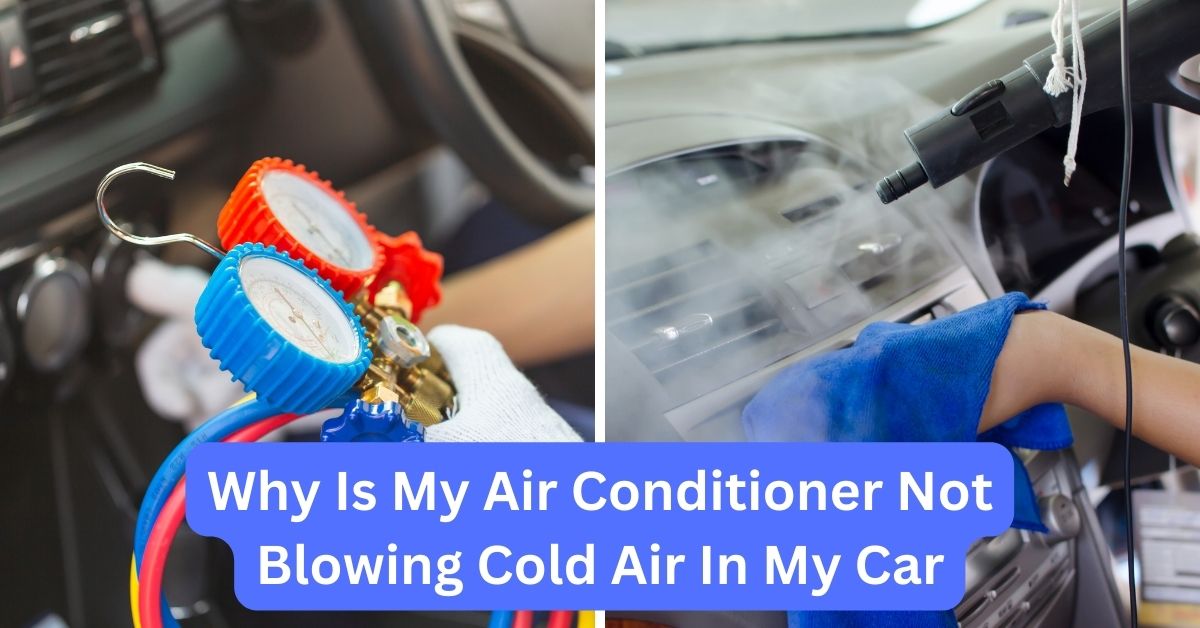How Cold Should A Car Air Conditioner Be

The heat is sweltering, you jump into your car, crank the AC to the max, and…wait. Is this as cold as it should be? A properly functioning car air conditioner is a summer essential, providing a comfortable oasis from the scorching temperatures outside. But how cold *should* it be, and what factors influence its performance? This guide will help you understand the ideal temperature range for your car's AC, troubleshoot common issues, and ensure you're getting the most out of your cooling system.
Understanding Ideal AC Temperatures
While there's no single "magic number," the generally accepted target temperature for a car's AC vent output is between 40 and 50 degrees Fahrenheit (4.4 to 10 degrees Celsius). This range allows for a comfortable cabin temperature, typically around 72-77 degrees Fahrenheit (22-25 degrees Celsius), depending on factors like the outside temperature, humidity, and the car's insulation. A well-maintained system should be able to achieve this, especially when the car is running at highway speeds.
Important Note: Measuring the vent temperature is crucial for assessing AC performance. Using a simple thermometer, hold it near the vent with the AC on full blast and the recirculation mode enabled. Let the car run for several minutes to allow the system to stabilize before taking a reading.
Factors Affecting AC Performance
Several factors can impact how effectively your car's AC cools. Understanding these factors is vital for diagnosing potential problems and maintaining optimal performance:
- Refrigerant Levels: This is the most common culprit behind weak AC. Refrigerant, like R-134a or the newer R-1234yf, is the lifeblood of the AC system. Low refrigerant levels reduce cooling capacity.
- Compressor Condition: The compressor is the heart of the AC system, circulating the refrigerant. A failing compressor will struggle to maintain adequate pressure and cooling.
- Condenser and Evaporator Condition: The condenser (located in front of the radiator) dissipates heat, while the evaporator (inside the dashboard) absorbs heat from the cabin. Clogged or damaged condensers and evaporators reduce efficiency.
- Airflow Obstructions: Blocked vents, a dirty cabin air filter, or debris obstructing the condenser can restrict airflow and reduce cooling.
- Ambient Temperature and Humidity: Extremely hot and humid conditions place a greater load on the AC system, potentially impacting its ability to reach the ideal temperature range.
- Vehicle Size and Insulation: Larger vehicles require more cooling capacity. Poor insulation allows heat to penetrate the cabin more easily, making it harder to maintain a comfortable temperature.
Troubleshooting Common AC Problems
If your car's AC isn't blowing cold enough, here's a troubleshooting guide to help pinpoint the issue:
Symptom: AC blows warm air, even on the coldest setting.
- Possible Causes: Low refrigerant, compressor failure, clogged condenser, or a malfunctioning blend door actuator (which controls the mix of hot and cold air).
- DIY Checks: Check for obvious leaks around AC components. Listen for unusual noises from the compressor. Inspect the condenser for debris.
- Professional Help: A mechanic can perform a refrigerant leak test, diagnose compressor issues, and check the blend door actuator.
Symptom: AC blows cold initially, but warms up after a few minutes.
- Possible Causes: Overcharged refrigerant, a failing compressor clutch, or a partially clogged expansion valve (which regulates refrigerant flow into the evaporator).
- DIY Checks: Visually inspect the compressor clutch for proper engagement.
- Professional Help: A mechanic can accurately measure refrigerant pressure, diagnose compressor clutch problems, and inspect the expansion valve.
Symptom: AC blows cold, but the airflow is weak.
- Possible Causes: Clogged cabin air filter, blocked vents, or a failing blower motor.
- DIY Checks: Replace the cabin air filter. Check for obstructions in the vents. Listen for the blower motor operating at different speeds.
- Professional Help: A mechanic can diagnose blower motor problems and clear any blockages in the ductwork.
Maintaining Your Car's AC System
Preventive maintenance is crucial for keeping your car's AC system running smoothly and efficiently. Here are some key maintenance tips:
- Regularly Check Refrigerant Levels: Have a mechanic check the refrigerant levels annually and top them off as needed.
- Replace the Cabin Air Filter: Replace the cabin air filter every 12,000-15,000 miles, or more frequently in dusty environments.
- Inspect the Condenser: Periodically inspect the condenser for debris and clean it with a soft brush and mild detergent.
- Run the AC Regularly: Even during cooler months, run the AC for a few minutes each week to circulate the refrigerant and lubricate the compressor seals.
- Professional Service: Schedule a professional AC service every 2-3 years for a thorough inspection, refrigerant recharge, and leak detection.
Refrigerant Types and Environmental Considerations
Older vehicles typically use R-134a refrigerant, while newer models are transitioning to R-1234yf. R-1234yf has a significantly lower global warming potential (GWP) than R-134a, making it a more environmentally friendly option. However, R-1234yf is generally more expensive and requires specialized equipment for servicing. It's important to use the correct type of refrigerant specified for your vehicle to avoid damaging the AC system.
Important Reminder: It is illegal and environmentally irresponsible to vent refrigerant into the atmosphere. Always have a qualified technician properly recover and recycle refrigerant during AC servicing.
Cost Considerations
The cost of repairing or maintaining a car's AC system can vary depending on the problem and the type of refrigerant used. Here's a general idea of what to expect:
- Refrigerant Recharge: $100 - $300 (depending on refrigerant type)
- Cabin Air Filter Replacement: $20 - $50
- Compressor Replacement: $500 - $1200
- Condenser Replacement: $300 - $800
- Evaporator Replacement: $800 - $1500 (labor intensive)
Getting multiple quotes from reputable mechanics is always a good idea to ensure you're getting a fair price.
Conclusion
A properly functioning car AC system is essential for comfortable driving, especially during hot weather. By understanding the ideal temperature range, common problems, and maintenance tips, you can keep your car's AC blowing cold and ensure a pleasant driving experience. Regular maintenance and prompt attention to any issues will help prevent costly repairs and extend the life of your AC system. Remember to consult with a qualified mechanic for any complex repairs or refrigerant handling to ensure safety and environmental responsibility. Investing in the upkeep of your AC will pay dividends in comfort and peace of mind on the road.










